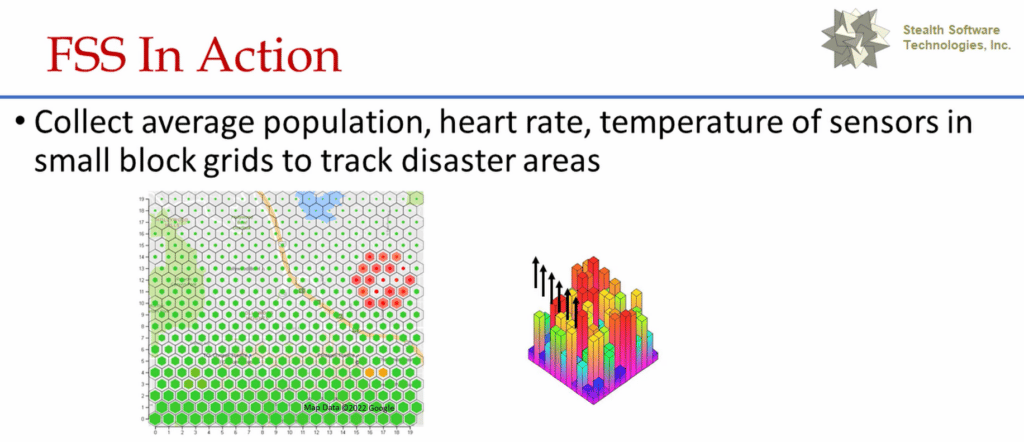As part of our work on the Mobile vertical for the Brandeis program, we developed backend support for running FSS-based applications on mobile devices to privately aggregate user data (location, movement, and cellular activity) for the purpose of recognizing hotspots of activity. We demonstrated how such technology could be used in emergency situations, such as identifying the epicenter of a disaster, such as the outbreak of a wildfire. This technology enables privacy-preserving crowdsourcing or information gathering by sensor networks to aid first responders without revealing individuals’ sensitive information.
We also built similar tools for other mediums — such as the Internet of Things (IoT) or wearables — that leverage device data (e.g., temperature, power consumption, heart rate, and motion) to automatically detect anomalies that can indicate an emergency situation.

This work was supported by DARPA and NIWC Pacific under Contract No. N66001-15-C-4065, Distribution Statement A: “Approved for Public Release, Distribution Unlimited. If you have any questions, please contact the Public Release Center”. The views, opinions and/or findings expressed are those of the author and should not be interpreted as representing the official views or policies of the Department of Defense or the U.S. Government.
